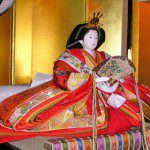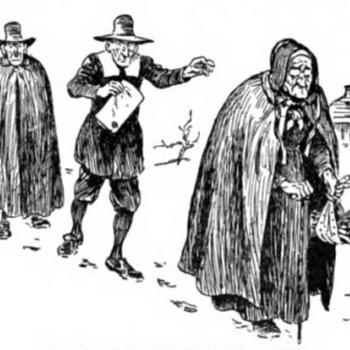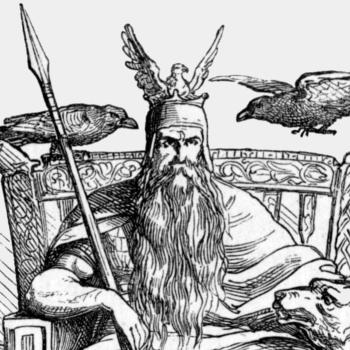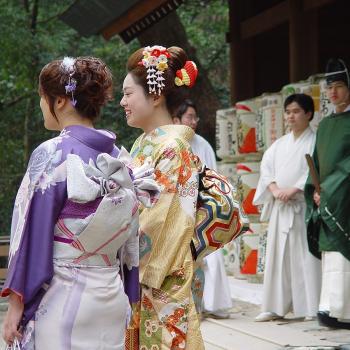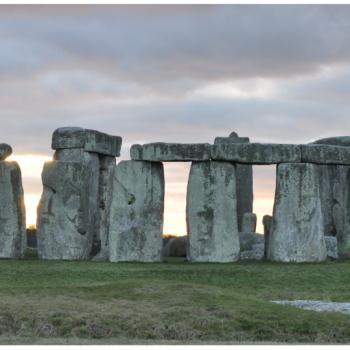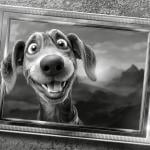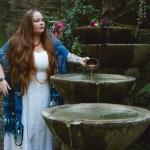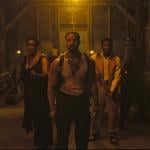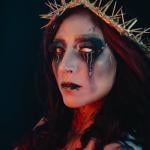 Tales of Unease, Sir Arthur Conan Doyle (compiled by David Stuart Davies)
Tales of Unease, Sir Arthur Conan Doyle (compiled by David Stuart Davies)
I’m a fan of both David Stuart Davies’ Tales of Mystery & The Supernatural series of collections of classic Gothic stories and Sir Arthur Conan Doyle, so when I saw a copy of Tales of Unease at the local charity shop for 50p it was a no-brainer. The sum of Doyle’s writing has, justifiably so, been eclipsed by his most famous creation Sherlock Holmes, but it is worth remembering that Doyle was very much unlike the logical, cold, clinical detective. Doyle was fascinated by mysticism and the occult, and was a practising Spiritualist as well as a Freemason. Tales of Unease gives us a glimpse into the mind of Doyle the Mystic, as well as Doyle the Gothic (which we did see occasionally in Holmes stories like The Hound of the Baskervilles but never with anything genuinely supernatural). The stories that particularly feature elements of magic and occultism in Tales of Unease are:
- “The Ring of Thoth” – An exploration of ancient Egyptian magic.
- “Playing with Fire” – A story that deals directly with Spiritualism, and its potential dangers.
- “The Leather Funnel” – I found this story the most disturbing in the collection. The spiritual imprint left on a particular artefact reveals a grisly truth about its function.
- “Lot No. 249” – Another horror story influenced by ancient Egyptian mysticism.
Many of the stories in Tales of Unease, which blend Gothic horror with crime and science fiction, are reminiscent of Edgar Allan Poe. Indeed, Doyle was very much influenced by Poe – even Sherlock Holmes is a fairly transparent copy of Poe’s detective, Dupin. In my opinion, Doyle’s Tales of Unease, while entertaining, are no quite up to Poe’s standard, lacking much of the horror, shock and originality of Poe; they even lack the cleverness and surprise of Doyle’s own Sherlock Holmes stories. Nevertheless, they are most definitely worth the attention of fans of Victorian Gothic literature, as well as those who want a little more insight into the beliefs of one of Britain’s most famous Victorian practitioners of the magical arts.


